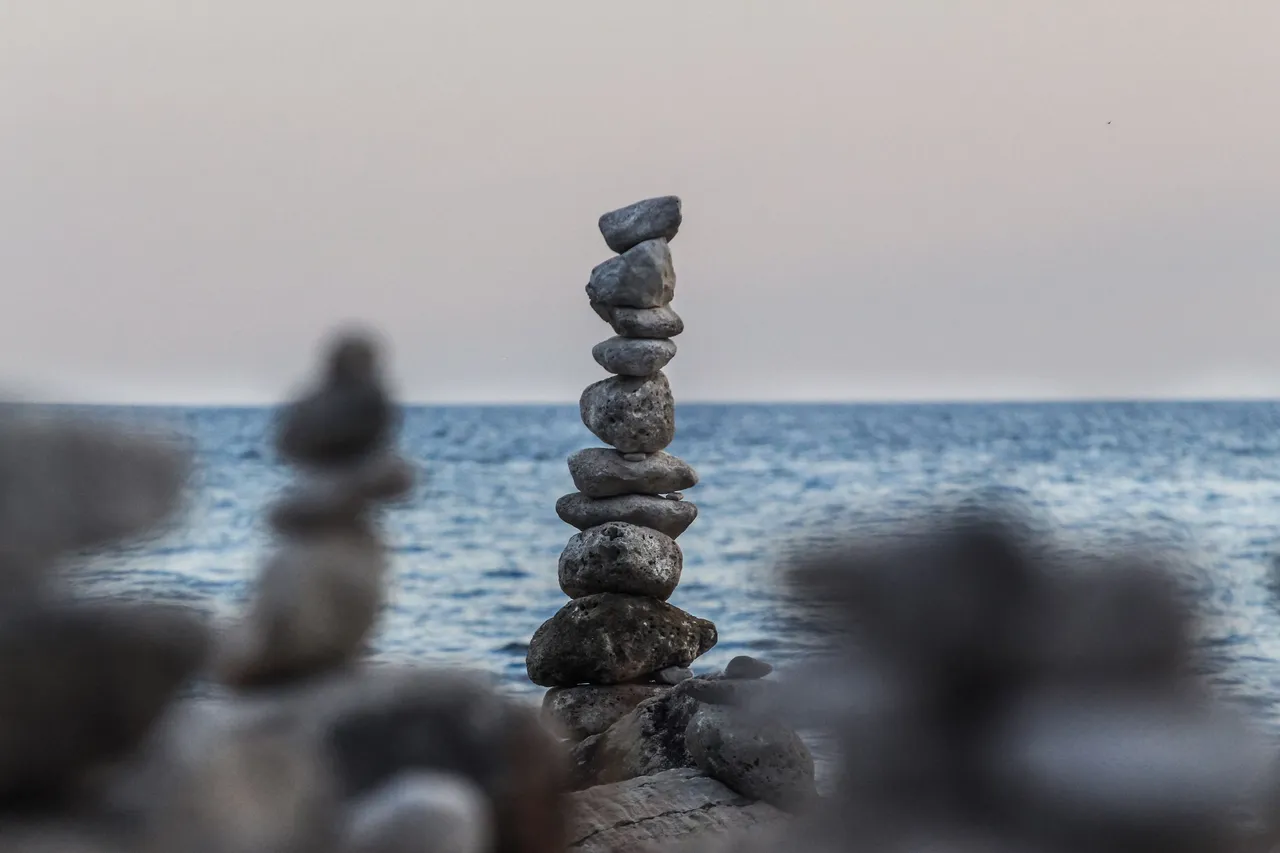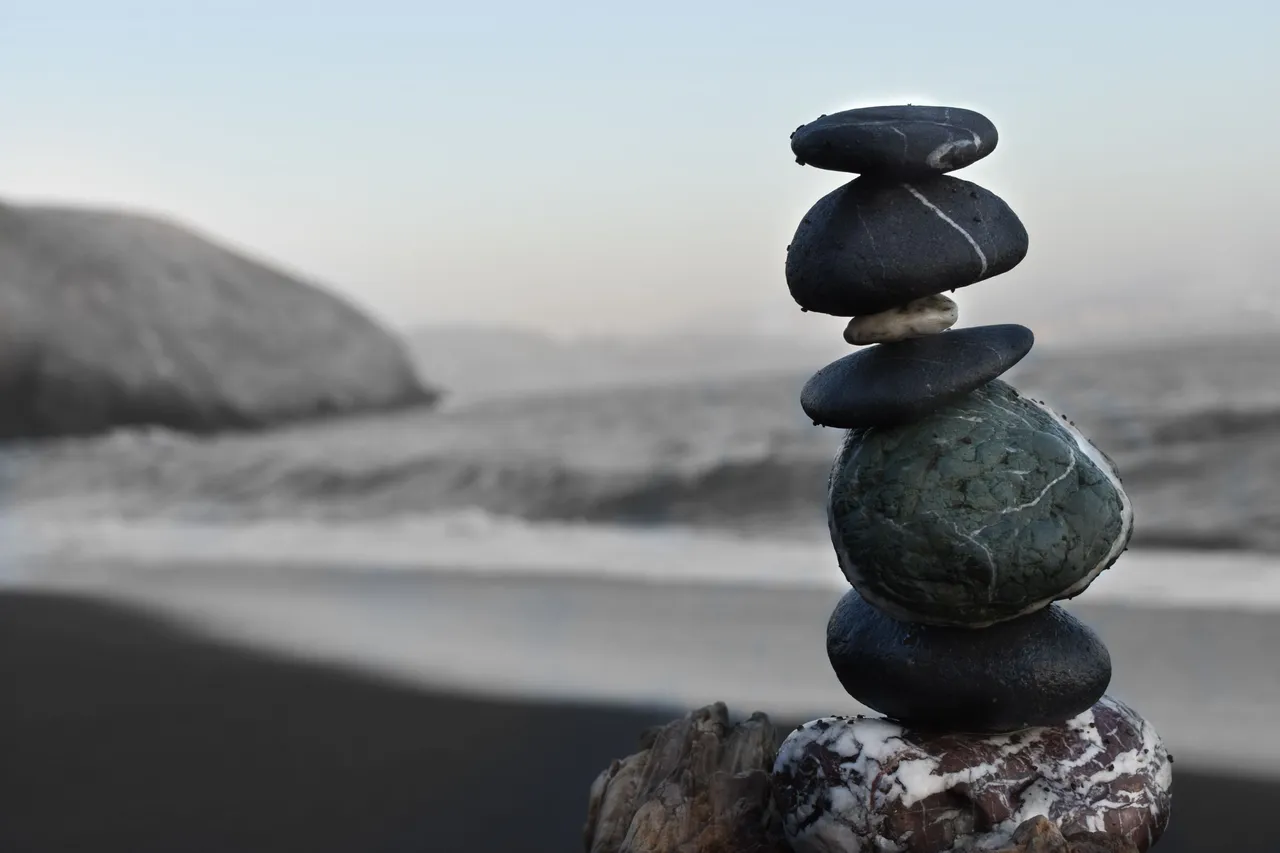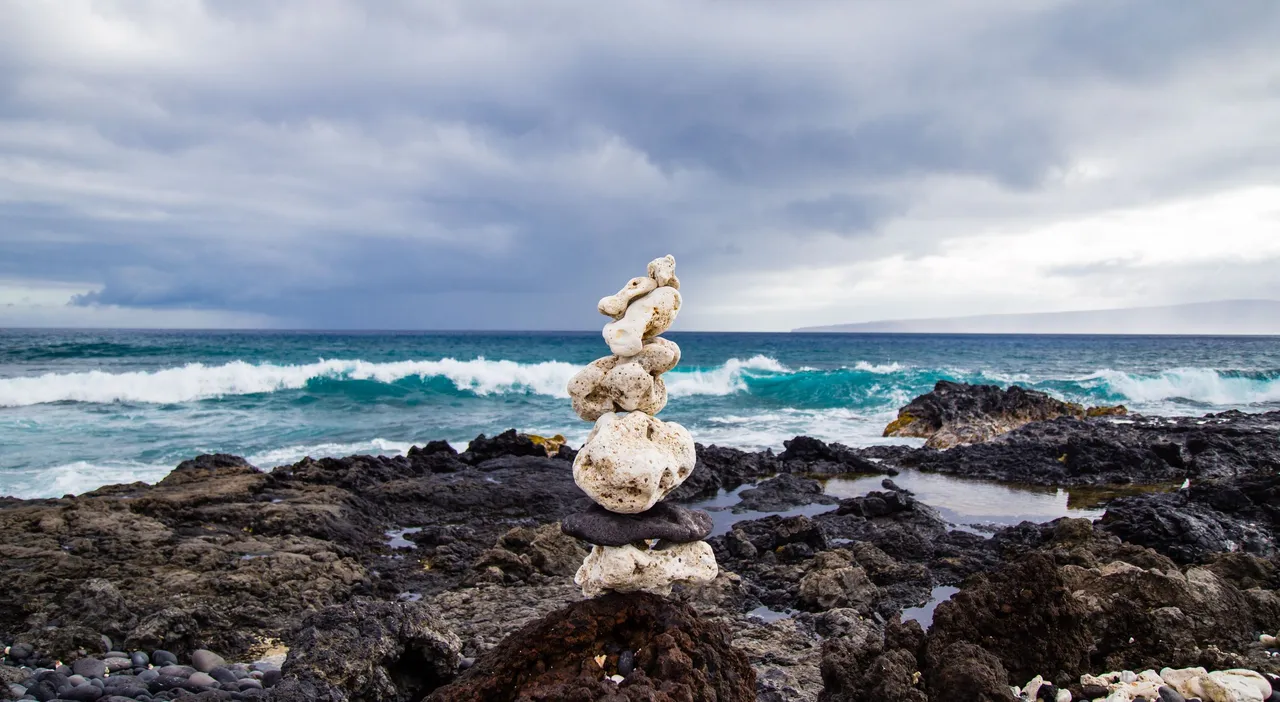 Photo by Thomas Rey on Unsplash
Photo by Thomas Rey on Unsplash
A PEACEFUL LIFE
Let me start this post by sharing with you a quote from one of the books I've read this year:
Peace occurs when you don’t turn your observations into problems.
-James Clear (Atomic Habits)
I have decided to write about peace because I feel like my life these past few weeks have been so chaotic and out of control. The series of deadlines have caused me to be anxious and restless. By writing about achieving peace, I hope to help myself have a more peaceful experience moving forward. And in the process, I hope I am also able to extend my help to anyone who needs to have a more peaceful life.
 Photo by Valentin Salja on Unsplash
Photo by Valentin Salja on Unsplash
In this post, I will be sharing two practical tools that I have recently learned (or re-learned) on how to achieve peace. But before we go to these tools, let us think about what peace means and why do we need it in our lives.
Going back to the quote earlier, peace is when you don't let your problems disturb you. It doesn't mean being indifferent or oblivious. It means taking control of your reaction to outside stimuli. This will make more sense when I talk about detachment. Additionally, peace occurs when there is alignment and reconciliation between your actions and your beliefs or principles.
Peace is necessary in our lives because it makes our view of the world and ourselves clear and genuine. It puts us in a state where it's easier to decide where we want to go and who we can become. I also think that peace is a result of exercising our free will in its purest form.
The absence of peace is chaos. As a chemical engineer, I know that the natural direction of nature is towards disorder. It's the second law of thermodynamics. But if we look at the world around us and look back on our history, the common thing in all the breakthroughs of humanity is going against entropy. By directing our efforts to overcome disorder and chaos, we have achieved peace and order. And in doing so, we progress and move forward. Similarly, if we are to move forward in our lives, we must work towards achieving peace.
There are many reasons why we can't achieve peace in our lives. The tools in this post will help us take on two reasons. The first is how we react to stimuli or to the events that we encounter. When we let every problem or concern disturb us, we succumb to disorder and break our peace. The second reason is our deeply rooted "Inner Critical Voice." It's the voice in our heads telling us all negatives things about ourselves and the situations we're in. It can result in constant rumination or sabotaging self-reflections. No peace can be achieved when we're constantly berating ourselves.

THE ART OF DETACHMENT
The first tool is called Detachment. I've come across this tool from reading Jay Shetty's How to Think Like a Monk. I'll be doing a separate book review about it in the future. He talks about Detachment as a cure for fear but I've realized that detachment can be used to help us handle our reactions and in the process, help us achieve peace.
 Photo by Colton Sturgeon on Unsplash
Photo by Colton Sturgeon on Unsplash
The first step to detachment is to accept that everything is temporary. There is nothing permanent in this world. We know this, yet we don't internalize what this knowledge can offer us. Detachment can be employed not just to material things and relationships but also feelings and experiences.
Detaching ourselves from material things does not mean we give up our earthly possessions. It simply means acknowledging the reality that what we have right now will eventually end up in another person or eventually leave us. The same goes for relationships although it's a bit more difficult. When we think that the people in our lives will all someday be gone and leave us, it can cause dread. But if we can learn to accept the idea, it becomes easier to enjoy the company of our friends and family and be more honest with the people in your life. Similarly, accepting the idea that our material possessions will not last allows us to enjoy better and be more grateful for what we have.
In this post, I would like to focus on using detachment to better handle our reactions and feelings towards our personal experiences. When we face a problem that elicits anxiety and fear, we can make use of detachment to stop ourselves from being paralyzed by our thoughts and instead, preserve our peace.
Using the same line of thinking, we can detach ourselves from our feelings and our immediate reactions by accepting that what we're feeling right now will eventually fade. The scenarios that we imagine and fear will also pass. What truly matters is the current moment. By detaching ourselves from our emotions, feelings, and expectations, we calm ourselves down and achieve peace.
As an exercise, I want you to think of something you're afraid of. It can be an upcoming event or a mild phobia. Acknowledge the feeling and slowly detach yourself by accepting that the fear is temporary and your imagined situation will come to pass and will only be a memory, a lesson, or an anxious thought.
Detachment relies on awareness and focus. And it requires practice but in my experience, it has helped me become at peace with my current situation or with an event that I've been dreading.
I have this tendency to worry about my deadlines and using detachment, I can let go of the worry by accepting the reality that my worries don't have a permanent place in me. Thoughts of failure or missing my deadlines don't belong to the present. I choose to detach myself from future failures by realizing that what happens will happen and they will still just pass through my life. Detaching myself from my worries and thoughts about the future gives me the clarity to work better and be more effective.

THE SKILL OF SELF-DISTANCING
Detachment works well with current situations and worries about the future but a lot of times, the things that destroy our peace are the events that happen in the past. While detachment can still be used to reconcile with past events, sometimes, when the psychological injury is too much, our thoughts spiral out of control and we end up dragging ourselves through a chaotic life.
Self-distancing is a tool that I've come upon while reading Emotional First Aid by Guy Winch. It's one of the remedies for rumination. I've been using it for some time. I just didn't know the name of it.
 Photo by Sebastien Gabriel on Unsplash
Photo by Sebastien Gabriel on Unsplash
Self-distancing is sort of the next level to detachment. Detachment relies on the idea that everything is temporary. Self-distancing, on the other hand, requires you to remove yourself from your thinking. You do this by imagining yourself going out of your body and seeing yourself from a "distance."
Self-distancing, coupled with logic and compassion, silences our inner critical voice. It's the voice that disturbs our peace and it's made louder by the un-healed psychological injuries that we incur from our past. Memories and past events that trigger anxiety and worry can cause us to drown in our thoughts. And no matter how hard we try to bury our thoughts, they keep surfacing and we're left paralyzed and unable to function properly.
Self-distancing is effective when past events that destroy your peace don't have a very intense effect on you anymore. If replaying the scenario is too much, I suggest you hold off immersing yourself in it.
The first step to self-distancing is to replay the scenario in our minds. The default way is to replay it in a first-person perspective. We must be able to zoom out our view of the scenario so that we can see ourselves from a distance. If feelings about the scenario are still strong, we can zoom even further out. Next, we replay the scenario again but this time, we assume a mindset of curiosity and compassion. We must use logic to dispel any generalizations that we carry from that scenario and to make more sense of what happened. We must counter our inner critical voice by holding on to facts and observations. We have the opportunity to review our intentions, and our physical, mental, and emotional states during the scenario without having to be at the center of it. We can then have a better understanding of the situation. Next, we use compassion to sympathize or even forgive our past selves for our actions or inadequacies. We counter our harsh inner critical voice by looking at ourselves from a distance with kindness and understanding. Finally, we move forward by using detachment to accept the fact that the past and our actions are not a part of us and in this present moment. We use the scenario as a learning experience and be grateful that we can go past it.
I used to be so anxious about a lot of past events in my life. I even fear replaying old scenarios where I feel ashamed, angry, or inadequate because I know I would get trapped in those thoughts. But I also know that if I can't reconcile with those events, I would not be able to achieve the peace that I need to move forward with my life. Self-distancing has helped me look at myself and my mistakes in the past with calmness and even courage.

INNER PEACE IN A CHAOTIC WORLD
Our world is chaotic. That's just how it is. But it doesn't mean we should succumb to chaos and disorder. We've been given the ultimate gift of free will and it is a constant challenge to exercise that free will by taking control of how we react to our past, present, and future. Using the tools of detachment and self-distancing, we can take control of our reactions and maintain inner peace.
Actively working towards a peaceful life is not easy. We have to expend energy and if we're not willing to work for our peace, then we're likely to go through a life of chaos and without meaning.
If using the tools is ineffective and you still have debilitating thoughts no matter how hard you try or you have thoughts about harming yourself or others, then I suggest you seek professional help.

That's it! Thank you so much for taking the time to read my post and I hope I was able to convey properly my ideas on how to achieve peace. I am an advocate for personal development, self-improvement, and mental health, and I hope to be able to help add to these types of content here in Hive.
See you in the next post. Cheers!


 Photo by
Photo by